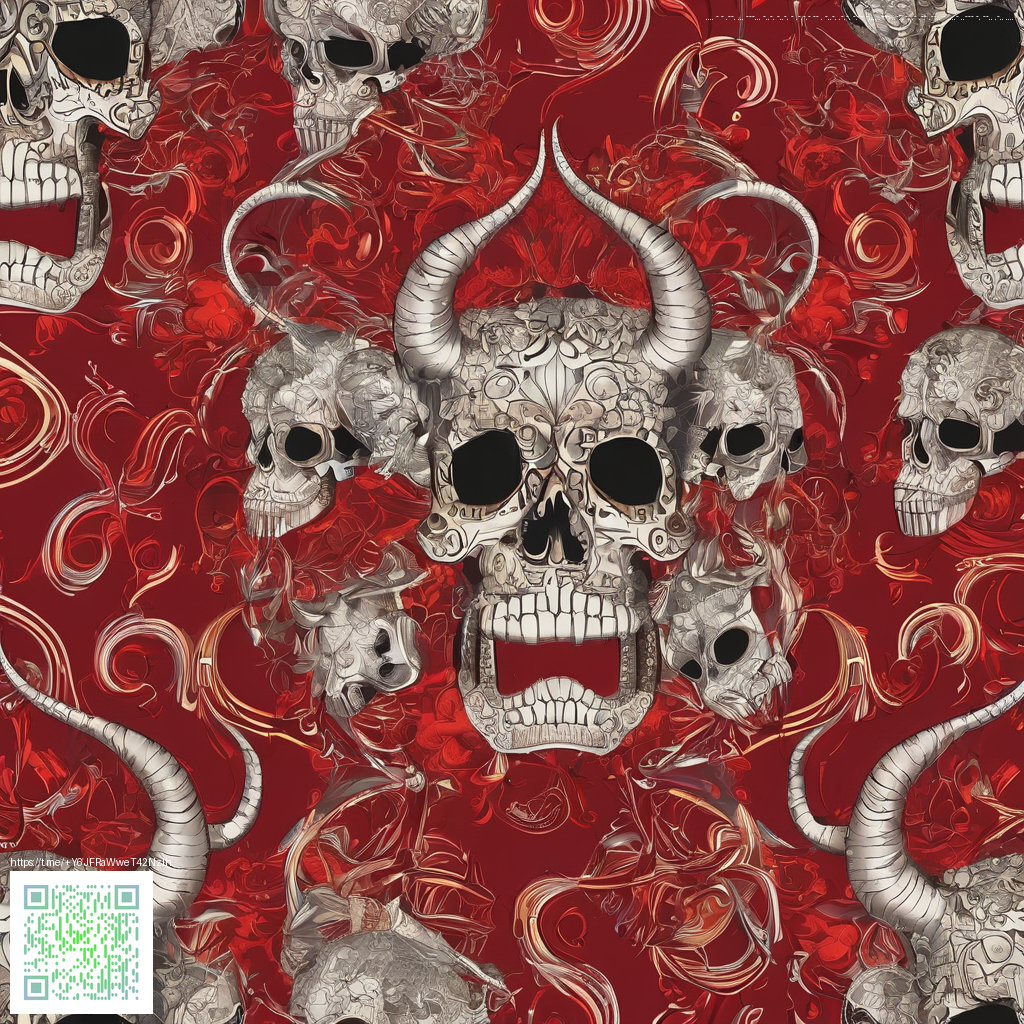
Concept Art Insights for Tomb Raider 2013
When the 2013 reboot arrived, it carried a quiet promise from its artists before engines roared to life. The concept art set a mood grounded in grit, mud, and a world that refuses to reveal all its secrets at first glance. Across rough sketches and early thumbnails you can trace a clear priority: believable materials that behave under pressure, and environments that invite exploration rather than spectacle alone. The result is a game that feels tactile from first listen to last light flare in a lantern glow. 💠
Crystal Dynamics leaned into a design philosophy that values endurance over polish. The art team crafted Lara Croft as a survivor whose gear is as functional as it is iconic, while environments push players to engage with textures and geometry that tell a story on their own. This approach translates into gameplay that rewards careful observation, deliberate climbing, and resourceful problem solving. The concept sheets act as a compass, guiding decisions about silhouette, color, and space that echo through the final product.
Visual language and palette
The color language in the concept work leans toward earth tones punctuated by petrol blue and slate shadows. Mud, rain, and weathering become character in their own right, shaping how surfaces reflect light and how surfaces endure seasons of use. From battered crates to rain-slick stone walls, the art hints at a world that is worn but not defeated. This choice underpins how players perceive scale and danger, making every cliff face feel climbable and every ruin feel ancient yet lived in.
Silhouette, gesture, and gear
A strong emphasis on silhouette helps Lara read well in motion against complex backgrounds. The concept art experiments with gear placement, rope work, and harness density so that every tool you see has a purpose during a tense sequence. The result is a design vocabulary that supports fast decisions during combat and exploration alike. When you glance at a frame, you can infer stamina, intent, and the next move without a single caption.
In the sketchbook language of the project the team makes the world readable at a glance and the challenges feel earned rather than handed to the player
Environment design and verticality
The early art frequently places players on the edge of something—an overhang, a collapsed stair, a cave mouth—inviting vertical traversal as a core mechanic. Textures are prioritized to read correctly from a distance and up close, so rock faces feel both ancient and navigable. The art guides the player through a world where ascent is as compelling as descent, and where each tether point or handhold implies a narrative beat about who Lara is becoming as the journey unfolds.
Lighting, mood, and storytelling
Lighting studies in the concept phase emphasize mood as a storytelling agent. Shafts of light cutting through rain clouds, lantern glow kissing rough timber, and the damp sheen of a waking cave all contribute to a sense of pressure and discovery. This cinematic lighting language informs how the player interprets enemy presence, hidden paths, and the quiet aftermath of a skirmish. The interplay between light and shadow is not merely aesthetic; it is a mechanic that frames timing and risk in every encounter.
The design pipeline from sketch to engine
Concept art acts as the whisper before the roar of 3D work. Early paintings and thumbnails are translated into detailed model sheets that communicate not just what a scene looks like, but how it behaves. This pipeline ensures that textures, materials, and geometry remain faithful to the original intent while adapting to the technical demands of platforms and lighting systems. The discipline of maintaining a consistent visual language across media supports smoother collaboration among artists, animators, and level designers.
Community influence and modding culture
Fans frequently mirror the studio's explorations by recreating concept vibes in mods and fan art. The enduring appeal of a grounded survival aesthetic invites communities to experiment with texture packs, shader tweaks, and sandbox remixes that honor the source while pushing creative boundaries. The vitality of this culture helps the game live on beyond its initial release window, giving modders and artists a shared vocabulary to riff on classic scenes and crafts.
Updates and ongoing coverage
Beyond its initial release, the game has seen refined editions and updates that polish lighting, texture fidelity, and performance on newer hardware. The historical through line of the art from early sheets to Definitive Edition quality demonstrates a studio commitment to preserving the visual integrity while embracing modern rendering tech. For players, this means revisiting familiar climbs with a fresh sense of atmosphere and risk, as light, shadow, and weather impact every landing and foothold anew.
Developer perspective and design ethos
The core intention behind the concept approach centers on making the world feel earned and immersive. The art process is a road map for players choosing each risky route and each cautious step. When the team prioritizes tactile materials and realistic physics, gameplay feels anchored in plausibility even during moments of high tension. This philosophy resonates with fans who crave a believable survival arc, grounded by careful craftsmanship in every asset they encounter.
As players push deeper into the adventure, the lineage from pencil to polygon becomes evident. The concept art not only previews what the world looks like but also signals how it should feel to those brave enough to explore it. The result is a memorable balance between challenge and wonder that continues to attract new generations of explorers to this storied franchise.
Support the Project